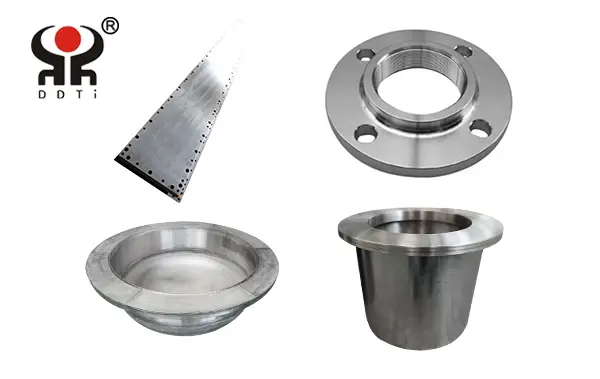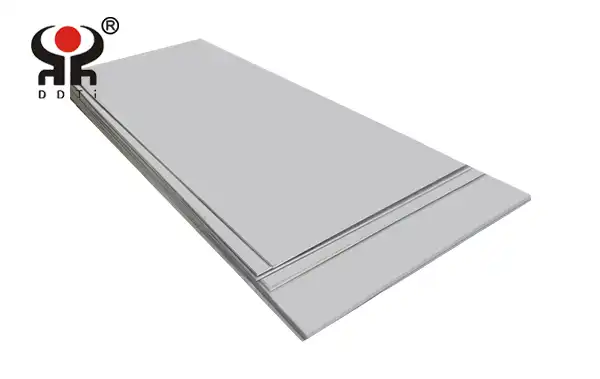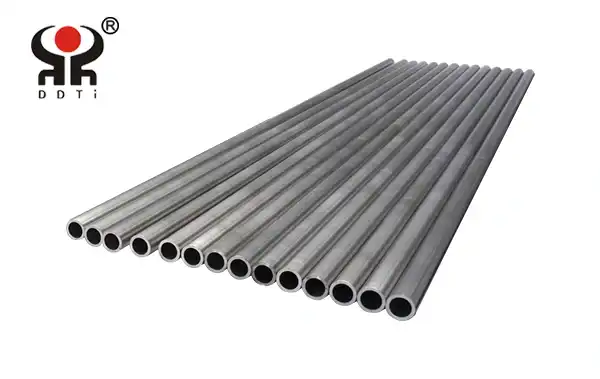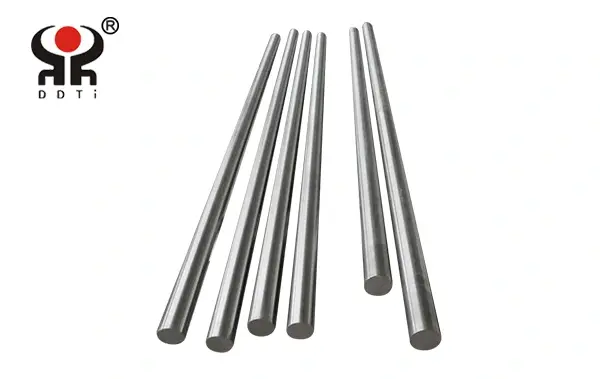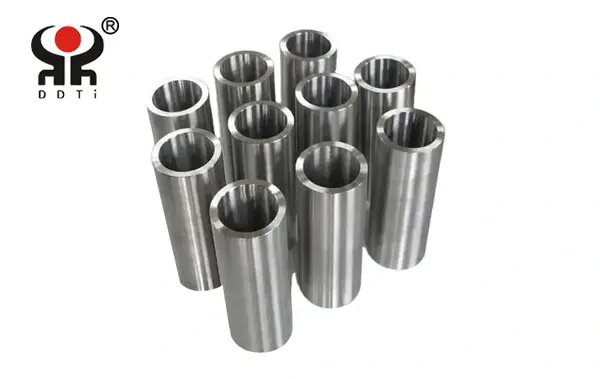Research on the Mechanism and Process Optimization of Titanium Alloy Cutting Processing
2025-04-30 09:20:25
I. Analysis of Thermodynamic Characteristics of Titanium Alloy Processing
(1) Heat conduction defects cause processing difficulties. The thermal conductivity of titanium alloys is only 1/7 of that of carbon steel and 1/16 of that of aluminum alloys. The temperature in the cutting zone can reach 1000-1200℃, which is significantly higher than the processing temperature of ordinary steel. The intense thermodynamic coupling effect leads to a temperature gradient at the tool-chip interface exceeding 500℃/mm, while forming a work-hardened layer with a thickness of 0.05-0.15mm, and increasing the surface hardness by 40-60HV. The elastic modulus of the material is only 50% of that of carbon steel. The cutting springback amount reaches 0.1-0.3mm. The processing deformation rate of thin-walled parts (wall thickness < 3mm) exceeds 15%, which seriously restricts the control of dimensional accuracy.
Ii. Key Technologies for Efficient Processing of Titanium Alloys
(1) Coordinated control of process parameters: For turning processing, a linear speed of 30-50m/min is recommended, combined with a feed rate of 0.1-0.3mm/r and a cutting depth of 1-3mm. Milling is recommended at a linear speed of 40-60m/min, a feed rate of 0.05-0.15mm per tooth, and a cutting depth of 0.5-2mm. For drilling, the linear speed should be controlled at 10-20m/min, and the feed rate should be selected at 0.02-0.08mm/r. The cooling system needs to provide a pressure of over 7MPa and a flow rate of 20-30L/min·kW. The cutting fluid should contain 10-15% of sulfurized grease and other extreme pressure additives. (2) Optimization Strategy for Tool System: The design of tool geometric parameters needs to balance cutting force and heat dissipation: the rake Angle is set at 8°-15° (a smaller value for rough machining), the relief Angle is maintained at 10°-15°, and the radius of the tool tip arc is preferably 0.8-1.2mm. The material selection is based on YG8/K20 type cemented carbide with a cobalt content of 8-10%, combined with an AlCrN composite coating with a thickness of 3-5μm. For finishing scenarios, Si3N4 ceramic tools can be attempted.
Iii. Solutions to Typical Process Problems
(1) The work hardening inhibition method achieves continuous cutting by maintaining the radial cutting depth during milling ≥30% of the tool diameter and setting a minimum feed rate of 0.02mm per tooth. The temperature is monitored in real time by an infrared thermometer with an accuracy of ±5℃. Water-based coolant is used for rough machining to dissipate heat quickly, and oil-based coolant is switched for finish machining to reduce thermal shock.
(2) Paths for enhancing Tool life: To address the groove wear caused by the bonding effect of titanium alloys, it is necessary to improve the permeability of the cutting fluid. To deal with the crescent-shaped wear caused by high-temperature diffusion, it is recommended to reduce the linear velocity by 10-15%. The boundary wear caused by work hardening can be improved by increasing the rake Angle of the tool. Set the tool wear limit at VBmax≤0.3mm, and implement predictive tool change in combination with cutting force monitoring.
Iv. Development Directions of Advanced Processing Technologies
Liquid nitrogen cooling (-196℃) technology can increase tool life by 200-300%, and the CO2 snow cooling solution can reduce the temperature in the cutting zone by approximately 400℃. Ultrasonic vibration-assisted processing (20-40 KHZ) can reduce cutting force by 30-40%. Combined with an amplitude control accuracy of ±0.5μm, it significantly improves surface quality. Laser-assisted processing technology reduces the yield strength of materials through local preheating and has achieved a deformation reduction of more than 50% in the processing of thin-walled parts.
Baoji Dingding Titanium Products Co., Ltd. is dedicated to manufacturing high-quality titanium alloy materials. Welcome to inquire: 3412107@bjddt.com.

